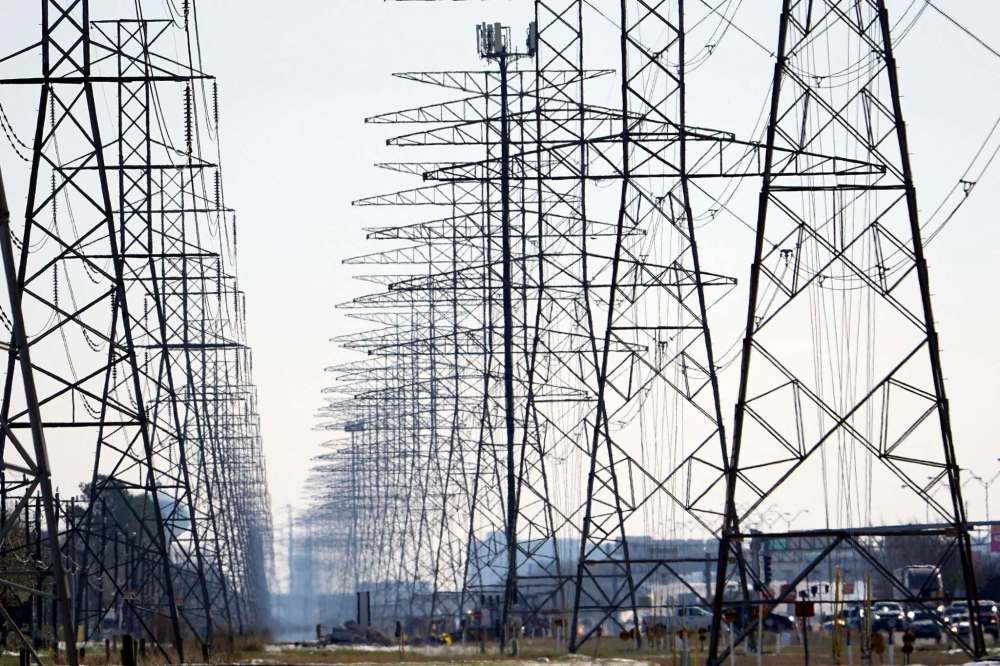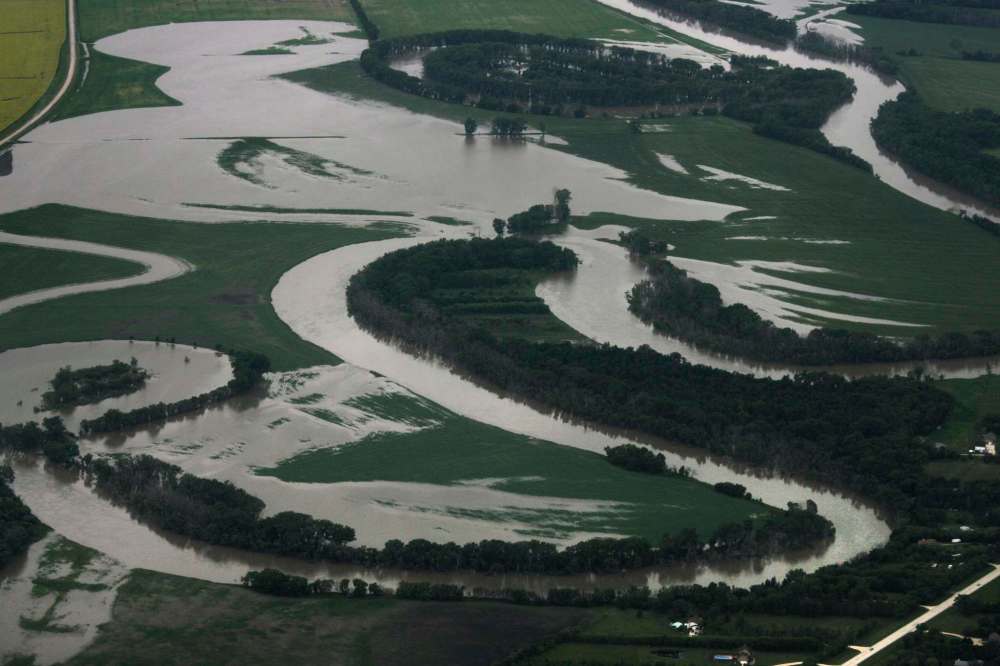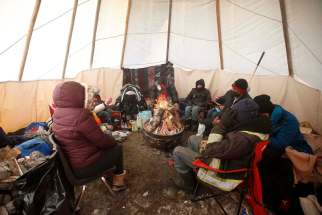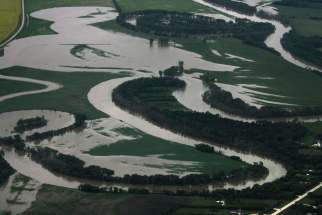Failing grade on emergency preparedness
Read this article for free:
or
Already have an account? Log in here »
To continue reading, please subscribe:
Monthly Digital Subscription
$0 for the first 4 weeks*
- Enjoy unlimited reading on winnipegfreepress.com
- Read the E-Edition, our digital replica newspaper
- Access News Break, our award-winning app
- Play interactive puzzles
*No charge for 4 weeks then price increases to the regular rate of $19.00 plus GST every four weeks. Offer available to new and qualified returning subscribers only. Cancel any time.
Monthly Digital Subscription
$4.75/week*
- Enjoy unlimited reading on winnipegfreepress.com
- Read the E-Edition, our digital replica newspaper
- Access News Break, our award-winning app
- Play interactive puzzles
*Billed as $19 plus GST every four weeks. Cancel any time.
To continue reading, please subscribe:
Add Free Press access to your Brandon Sun subscription for only an additional
$1 for the first 4 weeks*
*Your next subscription payment will increase by $1.00 and you will be charged $16.99 plus GST for four weeks. After four weeks, your payment will increase to $23.99 plus GST every four weeks.
Read unlimited articles for free today:
or
Already have an account? Log in here »
Hey there, time traveller!
This article was published 25/02/2021 (1735 days ago), so information in it may no longer be current.
We Manitobans tend to wear our ability to deal with all of Mother Nature’s extremes — whether it’s bitter cold or raging floods — as a badge of honour. It’s a pride-of-place thing, proof to ourselves that we’re made of tougher stuff.
But while we’re good in crises, it turns out we’re not so prepared for them.
Every five years, researchers at the University of Waterloo’s Intact Centre on Climate Adaptation grade Canadian cities on flood preparedness. In 2016, Winnipeg earned a B+. In 2021, it earned a D. Winnipeg is tied with Yellowknife — for the worst mark among the 16 cities on the list.

“Where it really stood off the page… was that relative to critical infrastructure — maintaining the integrity of telecommunications, electricity supply, water supply, financial services, water treatment facilities, etc. — they reported that they have limited capacity to review the vulnerabilities of those aspects of critical infrastructure to flooding,” lead researcher and Intact Centre head Blair Feltmate told the Free Press.
Perhaps the city should take a lesson from Texas’s plight.
Last week, when the Lone Star State was hammered by a historic snowstorm that left millions of people freezing without electricity, experts turned their attention to Texas’s power grid, which is largely cleaved off from the rest of the U.S. electrical system and which buckled under the deep freeze. Many criticized officials for ignoring lessons from past storms (such as one that hit in 2011) as well as warnings from climate scientists, and for not upgrading equipment accordingly.
And the problems in Texas were not confined to electricity; pipes froze and burst across the state, leaving nearly 13 million under a boil-water order.
Whether you live in Texas or Manitoba, climate is changing, which means planning and policies must change, too. Weather events once labelled historic (the Flood/Storm of the Century?) are becoming more commonplace. Droughts, floods, hurricanes, tornadoes, deep freezes, unseasonable thaws — these are realities for which we must be prepared. And for reasons most often related to fiscal restraint, policy-makers and legislators have hit the snooze button on that particular wake-up call too many times.
Disaster preparedness work is often invisible labour — until, of course, it’s go time. It’s strategies and budgets. It’s drafting detailed contingency plans — sometimes plans A, B, and C — to be executed with balletic precision. Plans that, in an ideal world, never see the light of day. Preparedness requires political will with a long view.
In this context, disaster preparedness also means building, updating and investing in infrastructure that can withstand a changing climate, or spending money on safeguards that may not be used every day — that may not even be used for years — but can be critical in saving both lives and millions of dollars in damage. The Red River Floodway is arguably Manitoba’s most shining example of flood preparation and yet, even Duff’s Ditch was met with resistance when it was being constructed.

Disaster preparedness work is often invisible labour– until, of course, it’s go time.
The Intact Centre report points out that while most major Canadian cities employ someone full-time on climate-change adaptation strategy, the City of Winnipeg does not. What does that say about the priorities at city hall?
A common refrain in the days following the disaster in Texas was that the state failed its citizens. And indeed, some Texans lost their lives in horrific ways while just trying to stay warm.
It’s a well-worn classroom cliché: if you fail to prepare, prepare to fail. And failure, at this level, can be catastrophic.









